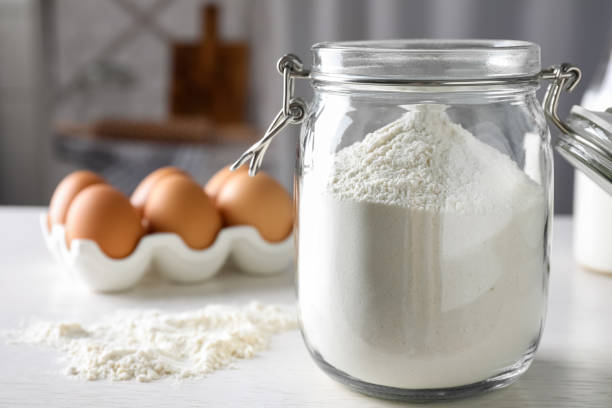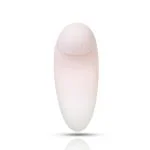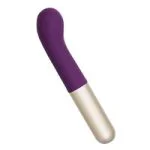
How many times have you reached into your cupboard only to find that the flour you bought last month was crawling with weevils or smelled rancid? Proper preparation and storage of flour will help prevent pest damage and give the flour a shelf life of up to 7 months.
While there’s not much you can do if your flour has gone bad or is infested with bugs, a few simple steps will help prevent these diseases.


Proper storage procedures
All you need are sturdy food-grade plastic bags and food-grade containers with lids, a refrigerator, and a cool place.
- Place the flour container in a sturdy food-grade plastic bag. If the flour is packaged in paper, place the entire paper bag in a food-grade plastic bag.
- Drain excess air from the bag and seal.
- Freeze the flour for two days to kill any potential weevils or eggs in the flour.
- Remove from the refrigerator after two days and sift the flour into a food-grade plastic container with a tight-fitting lid. Put an expiration date or best-before date label on the container.
- Store in a cool, clean, dark place to prevent other insects from coming into contact with the flour and from sunlight and moisture exposure, or store in the refrigerator if you’re not sure the cupboard is cool enough.
Refined flour
Producers remove the bran and germ from wheat and use the endosperm to make refined flour. This process produces a fine, soft texture and a light or white color. Refined flours include all-purpose flour, white flour, bread flour, cake flour and self-rising flour. These flours do not contain much oil, which can cause the flour to go rancid when it oxidizes, making them more shelf-stable than whole wheat flours Other varieties.
When you bring it home from the store, place the flour in the refrigerator for about 5 days to kill any possible weevil or insect eggs. Lurking in the package. Then remove the flour from the store packaging and place it in a food-grade container (plastic or glass) with a tight-fitting lid. This prevents moisture from penetrating and keeps insects and other pests out. It can also block the smell and taste of other foods or products stored nearby, which may affect the aroma or taste of the flour.
Store all-purpose flour and other refined flours in a cool, dry place away from sunlight. Under these ideal conditions, refined flour will keep in the pantry for up to a year. If longer storage is required, or in warmer climates, store the flour in the refrigerator, where it will last up to two years. The cold doesn’t noticeably affect the texture, so you can easily scoop out the amount you need, but let the flour come to room temperature before using for best results, especially when baking.
Bugs and putrid smell
Bugs found in flour and other grains are called weevils. If you find these bugs in your flour (any brown surface on top of the flour are eggs), the eggs were most likely present before you purchased it, as female weevils lay their eggs in The grains hatch after one to five months. If you’re not sure, rub some brown flour between your fingers and if it smells minty, it’s bugs. You can also wrap some flour tightly around the rim of the glass and use a knife to create a flat surface. Expose the flour to sunlight for a few hours. If the tight surface looks cracked, it’s bugs. Throw it away.
The sour smell occurs because the fat in whole wheat flour oxidizes when exposed to air and moisture. Over time, insufficient storage will continue to reduce the freshness of your flour, affect your baking results, and may even make you sick. If your flour already smells musty, it’s time to throw it away.
when in doubt
When you’re not sure whether the flour you have at home is still good to use, follow these guidelines:
- Refined flours, such as pastry flour or self-rising flour, will stay fresh for up to two years but will smell sour after their best-by date.
- Nut or seed meal like almond, flax, or hemp are best stored in the refrigerator, where they will keep for up to a year. If they taste burnt or bitter, that means they no longer taste good.
- Whole wheat flours such as wheat, spelt or barley only have a shelf life of 3 to 6 months, so store them in the refrigerator and check the expiration date before using. If you smell a strange smell, it’s time to throw them away.
different types of flour
By storing flour correctly, you can ensure its freshness. However, not all flours are made the same, and not all flours stay fresh for the same amount of time. Keeping them in the refrigerator will give you a few extra months of use past the expiration date or sell-by date, but keep in mind that non-wheat flours like gluten-free flours and nut flours have different needs. So every time you open a bag of flour, no matter what it’s made of, smell it for any foul odor and check its texture to make sure no bugs are present.


 Anal Beads
Anal Beads Anal Vibrators
Anal Vibrators Butt Plugs
Butt Plugs Prostate Massagers
Prostate Massagers
 Alien Dildos
Alien Dildos Realistic Dildos
Realistic Dildos
 Kegel Exercisers & Balls
Kegel Exercisers & Balls Classic Vibrating Eggs
Classic Vibrating Eggs Remote Vibrating Eggs
Remote Vibrating Eggs Vibrating Bullets
Vibrating Bullets
 Bullet Vibrators
Bullet Vibrators Classic Vibrators
Classic Vibrators Clitoral Vibrators
Clitoral Vibrators G-Spot Vibrators
G-Spot Vibrators Massage Wand Vibrators
Massage Wand Vibrators Rabbit Vibrators
Rabbit Vibrators Remote Vibrators
Remote Vibrators
 Pocket Stroker & Pussy Masturbators
Pocket Stroker & Pussy Masturbators Vibrating Masturbators
Vibrating Masturbators
 Cock Rings
Cock Rings Penis Pumps
Penis Pumps
 Wearable Vibrators
Wearable Vibrators Blindfolds, Masks & Gags
Blindfolds, Masks & Gags Bondage Kits
Bondage Kits Bondage Wear & Fetish Clothing
Bondage Wear & Fetish Clothing Restraints & Handcuffs
Restraints & Handcuffs Sex Swings
Sex Swings Ticklers, Paddles & Whips
Ticklers, Paddles & Whips




















